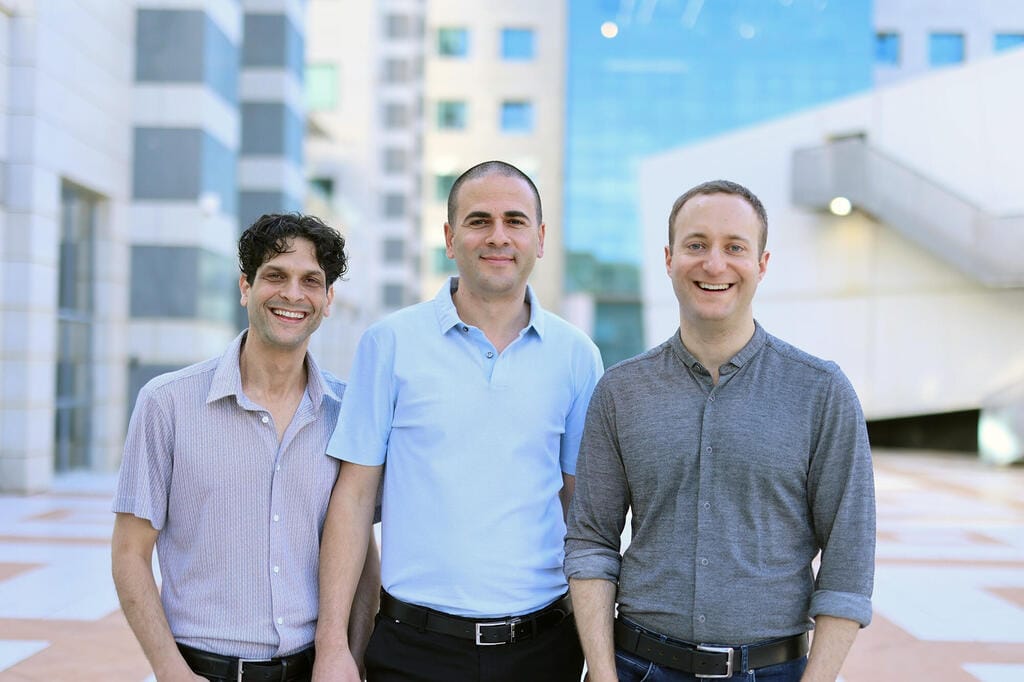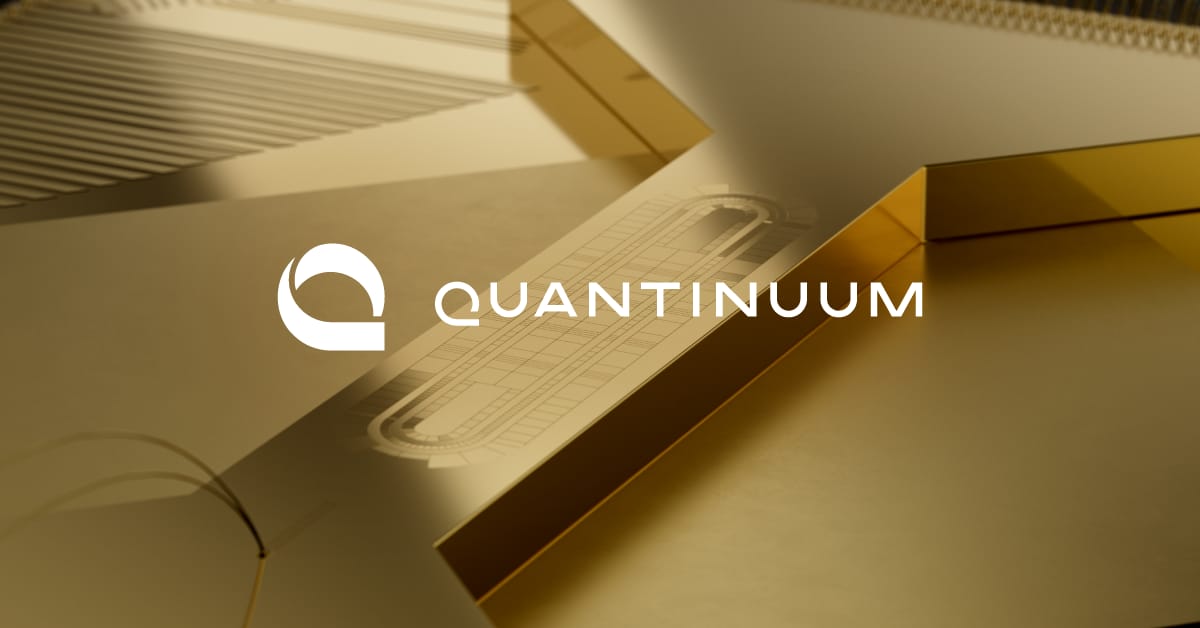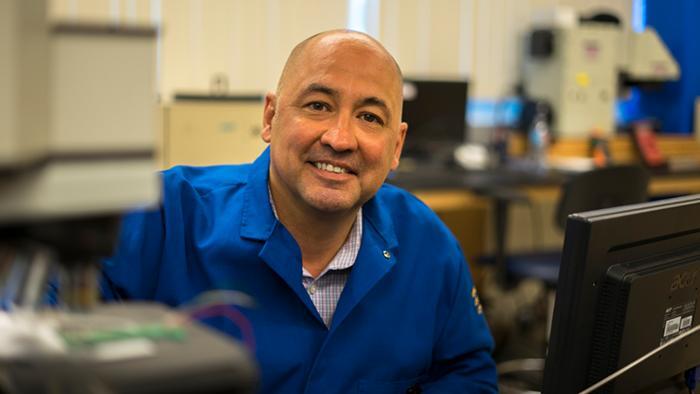- The Quantum State
- Posts
- The Quantum State – September 2025 Edition
The Quantum State – September 2025 Edition
A monthly newsletter by BTQ Technologies
Seemingly, there is a 20% chance of quantum computers breaking modern cryptography before the end of 2030"
Quantum developments in August showed momentum: Oak Ridge is integrating a 20-qubit superconducting system into its HPC workflows, Pan Jianwei’s team pushed neutral-atom arrays past 2,000 atoms using AI, and Ethereum’s Vitalik Buterin warned of a 20% chance that cryptography could be broken by 2030. At the same time, BTQ and AQSN are funding open-source quantum security projects, while Resonance’s market sizing report highlights that end users, not vendors, may capture the bulk of the $877B in projected quantum impact.
The takeaway is that progress is happening on multiple fronts: hardware scale, post-quantum security, and early industrial pilots. For companies, this means the next 2–5 years will be decisive: those testing quantum-safe custody systems, experimenting with hybrid HPC integration, or investing in post-quantum software will be far better positioned than those waiting for “clear” quantum advantage.

BTQ Technologies, in collaboration with Saudi-based QBits, announced development of the world’s first quantum-secure custody treasury for Bitcoin, Ethereum, and other digital assets. The system is designed to safeguard institutional holdings against emerging quantum computing threats.
At the core is the Quantum Canary Network, a public testnet for post-quantum blockchain security, consensus mechanisms, and Bitcoin Improvement Proposals (BIPs). Key milestones include Quantum Proof-of-Work (QPoW) integration tests in Q3 2025 and Falcon signature aggregation in Q4 2025.
BTQ contributes its proprietary CASH (Cryptographically Agile Secure Hardware) architecture, capable of 1M post-quantum cryptographic operations per second, while QBits provides PQC module integration and quantum hardware simulation expertise. Together, they aim to set a new benchmark for institutional-grade quantum security.
🎙️ New Episode: The Quantum State with Quantum Brilliance Co-Founder & CSO Marcus Doherty
We sit down with Dr. Marcus Doherty, Co-Founder and CSO of Quantum Brilliance, to unpack how diamond NV centers are taking quantum from the lab to real-world deployment.
This episode explores how diamond-based quantum tech is paving the way for GPU-sized, rack-mount accelerators, with Marcus highlighting early use cases, scale economics, and the partnerships and talent driving adoption.
Quantum Infrastructure & Investment
 QuamCore Raises $26 Million Series A to Build 1-Million-Qubit Quantum ComputerThe Israeli startup plans to develop a superconducting quantum architecture that scales to 1 million qubits within a single cryostat, backed by funding from the Israel Innovation Authority and global investors. |  Qunova Closes $10 Million Series A for Quantum Software ApplicationsThe Korea-based company will use the funding to accelerate enterprise quantum software development, focusing on tools that integrate with classical HPC workflows and prepare industries for the post-NISQ era |
 Strangeworks Acquires QuantagoniaThe acquisition combines Strangeworks’ ecosystem with Quantagonia’s HybridSolver platform, aiming to deliver applied AI and quantum optimization solutions and opens doors to European expansion. |  Quantinuum Targets $10 Billion Valuation in Fundraising TalksWith Honeywell’s backing and collaborations including NVIDIA, Quantinuum is weighing a new round of financing that could lift its market value to $10 billion, reflecting confidence in its full-stack platform |
Quantum in Industry
IQM to Deliver On-Prem Quantum Computer to Oak Ridge National Laboratory
Oak Ridge National Laboratory (ORNL) has selected IQM’s Radiance 20-qubit superconducting quantum computer as its first on-premises system, slated for delivery in Q3 2025. The machine will integrate directly with ORNL’s high-performance computing (HPC) systems to accelerate hybrid quantum-classical applications.
The IQM Radiance is upgradeable beyond 20 qubits, enabling scalability as research advances. ORNL’s initiative builds on its Quantum Computing User Program and reflects a strategy to tightly couple quantum and HPC infrastructure for early quantum advantage.
The partnership targets applications in fluid dynamics, particle physics, and electronic structure simulations, with both ORNL and IQM emphasizing that on-premises access will give researchers critical hands-on experience in quantum-HPC integration.
Quantum Computing Breakthroughs
 New Benchmark Achieved in Secure Quantum CommunicationResearchers from Hebrew University and Los Alamos set a record for secure quantum communication, advancing protocols that could strengthen future networks against eavesdropping and long-distance data interception. |  Renowned Physicist Pan Jianwei’s Team Builds Largest Atom ArrayResearchers in China arranged over 2,000 rubidium atoms into a precise lattice—ten times larger than prior systems—using artificial intelligence to stabilize and optimize the setup, setting a new benchmark for neutral-atom quantum computing. |
 Room-Temperature Ising Device Promises Faster, Greener ComputingA team from UCLA and UC Riverside developed an oscillator-based Ising machine that performs complex optimization tasks at room temperature, showing potential for low-power alternatives to traditional computing. |  How to Build Larger, More Reliable Quantum SystemsScientists demonstrated that multiple small quantum chips can be interconnected to function as larger, fault-tolerant systems—even when the links are imperfect—paving the way for modular quantum computer architectures |
Oxford Ionics Installs QUARTET Quantum Computer at UK NQCC
Oxford Ionics has delivered its full-stack trapped-ion system, QUARTET, to the UK’s National Quantum Computing Centre (NQCC). The machine leverages the company’s Electronic Qubit Control technology, which replaces lasers with semiconductor-based electronics for scalable and high-fidelity qubit operations.
QUARTET will support the NQCC’s testbed programme and the UK’s Quantum Missions initiative, including the Q-Surge project with Riverlane and Bay Photonics to enable 2D qubit connectivity. The system is also designed for field upgrades: its credit-card-sized Quantum Processor Unit (QPU) can be swapped to match Oxford Ionics’ highest-performing specifications without altering surrounding infrastructure.
Oxford Ionics currently holds records for two-qubit and single-qubit gate fidelity as well as state preparation and measurement (SPAM), positioning QUARTET as one of the highest-performing trapped-ion platforms globally.
Quantum Security & Blockchain
 ETH’s Vitalik Buterin Flags Quantum Risk to Crypto by 2030Ethereum’s co-founder cautioned that there is around a 20% chance quantum computers could crack modern cryptography before 2030, highlighting the urgency for post-quantum solutions. |  BTQ and AQSN Launch Quantum Research Micro- and MesoGrantsThrough the Australian Quantum Software Network, BTQ is funding open-source projects in algorithms, post-quantum security, and neutral-atom architectures, with the first round closing 14 September 2025. |
 Microsoft Outlines Quantum-Safe Security RoadmapMicrosoft has launched a Quantum Safe Program to protect its ecosystem from future quantum threats, with full quantum-safe coverage targeted by 2033. Early deployments of post-quantum cryptography will roll out by 2029, beginning with core libraries like SymCrypt, then expanding to identity, key management, and finally to Windows, Azure, Microsoft 365, and AI services. |  Nature Study Proposes Framework for Quantum-Resilient BlockchainsResearchers proposed QuantumShield-BC, an integrated framework that fuses post-quantum signatures, quantum key distribution (QKD), and quantum random number generation (QRNG) into a unified blockchain protocol, a stepping stone to applications in finance, healthcare, and critical infrastructure. |
Why This Matters
The quantum threat isn’t arriving, it’s here. Enterprises are shifting to PQC and planning roadmaps for this existential threat.
The BTQ–QBits initiative shifts the focus from patching existing blockchains with post-quantum cryptography to redesigning core custody and consensus layers for the quantum era. By piloting Quantum Proof-of-Work (QPoW) and high-throughput post-quantum signatures, the project positions itself as a testbed for institutional-grade digital asset security.
For banks, treasuries, and pilots, the ability to validate quantum resilience in live environments could accelerate standardization, regulatory engagement, and interoperability benchmarks. The work also reflects a broader industry move: quantum-safe custody and consensus are emerging as early, high-stakes proving grounds for post-quantum infrastructure.
📊Market Insights
Where’s the Real Money in Quantum?Resonance’s 2025 sizing projects $877B in cumulative economic impact from quantum by 2035, yet vendors capture only $55B (~6%). By 2030, vendor revenue is about $5.4B while end-user value tops $65B, reflecting a shift toward QCaaS and application-layer gains. Finance, logistics, and life sciences account for ~80% of impact by 2030 (finance $19B, logistics $17B, life sciences $17B). Value splits by use case: simulation 36%, ML 33%, optimization 22%, crypto/security 9%; vendor share declines from 19% (2026) to 8% (2030) as ~4,000 companies adopt QCaaS with 65% via hyperscalers. | Deloitte Explores Four Quantum FuturesThe analysis highlights four possible futures based on two uncertainties: how quickly scalable hardware (200–1,000 logical qubits) arrives, and whether the talent ecosystem matures. Early breakthroughs could trigger talent shortages and patent races, while delays risk a “quantum winter” of underinvestment. By 2030, demand for quantum professionals could reach 250,000 roles, yet current training pipelines lag far behind. Deloitte warns that waiting until the “inflection point” may leave enterprises scrambling to catch up, while firms investing now could lock in IP, partnerships, and scarce talent. |
📬 Stay Connected
Quantum technology is no longer just a research frontier. It’s a competitive and strategic arena.
From national labs installing on-prem quantum systems and global funds backing million-qubit roadmaps, to blockchain frameworks hardened against quantum attacks, the field is entering a phase where performance, scale, and security will be measured in real deployments, not just theory.
Those who move first will shape the standards, partnerships, and IP that define the market.
Whether you’re exploring pilots, investing in enabling technologies, or preparing your organization for post-quantum risk, the time to engage is now.
Contact us at [email protected]
Follow BTQ for real-time updates and research